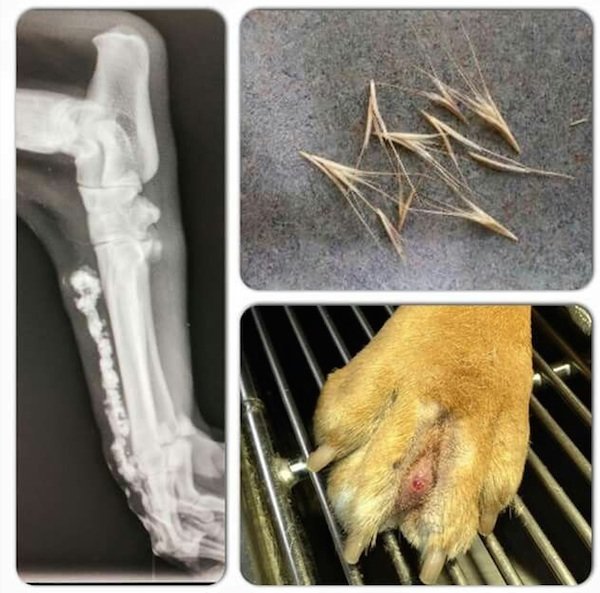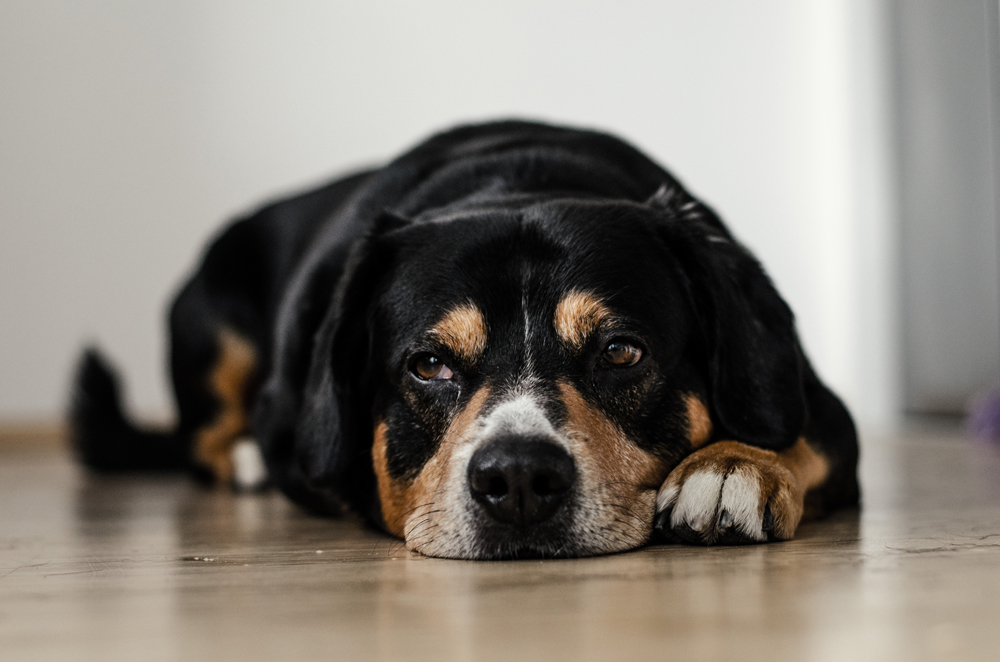By using our website, you agree to the use of cookies as described in our Cookie Policy
Guest Blog - Cindy Aldridge: "Relocating Fido: Tips for Making Moving Easier for your Dog"
Relocating with Fido: Tips for Making Moving Easier for Your Dog
Moving is a great opportunity for a fresh start, but with that opportunity comes stress. The process of packing up your things, finding a new place and establishing a life in another area is a lot of work. Unfortunately, the stress isn’t just felt by you. If your family has a dog, Fido feels the effects of this major life change, as well.
See, dogs tend to thrive when living a life of consistency and routine. Knowing what to expect and being familiar with their surroundings helps reduce feelings of anxiety. Anxiety in dogs can lead to problem behaviors, including barking, chewing, digging, begging, chewing, biting, chasing and eliminating indoors. To help prevent these issues, you can help make the transition smoother for your dog by taking care of his needs during the moving process.
Selling a Property When You Own a Dog
If you are selling your home, it’s a good idea to hide evidence of your dog when showing it to potential buyers. Not only do some people not like dogs, but Fido’s presence also disrupts the image people need to see when they walk through your door — that is, a place that they can call their home. Your dog’s toys, pictures, beds, and other accessories work against you by reminding people that this is your home. Getting rid of these things helps people see your house as a more generic property open to be customized to their own tastes. You might also consider getting a good air purifier that specializes in eliminating pet hair, dander, and odors from your home.
If your dog gets excited, aggressive or nervous when he’s around a bunch of strangers, it’s best to remove him when showing your place. Consider finding a local doggie daycare, boarder or pet sitter that can watch your pup in a fun environment that will keep him safe and happy. If your pup needs to stay at a kennel overnight, this will likely cost your between $25 and $45.
Moving Day with Your Dog
Moving day is hectic. Packing up everything, dealing with movers, and lifting heavy boxes takes a lot out of a person. However much work it is, you can’t neglect your dog on this important day. All the changes in sights, smells, and sounds can be overstimulating for your pup, and he might not like the idea of strangers coming into your house and taking all your stuff — dogs can get pretty protective and territorial. It may help to keep your dog in the backyard, provided it is gated, and the movers won’t be using it as a pathway.
If you do not have a secure yard, you can set your dog up in his own room protected with a baby gate or barrier to separate him (you can purchase a baby gate for under $20). You can also provide him with some of his favorite toys, blankets, bed, and food/water bowls so he can feel in control of his environment and relax. Keeping him out of the way can prevent issues with aggression or darting out the door as your house is being packed up.
Introducing Your Dog to Your New Place
Introducing your dog to your new place shouldn’t be difficult. While he may seem nervous and hesitant at first, slowly walking around with him and showing him the new house will have him opening up soon. This is a good time to establish boundaries for your dog. Immediately showing Fido where he can and cannot go will entrench these ideas into his mind. One way to establish boundaries (and prevent your pup from escaping) is to install a fence in your backyard. If you want to install a wood fence, you’ll likely end up spending between $1,675 and $4,400.
To help ease the transition, set up an area for your dog before you bring him in. Use his bed, blankets, toys, and bones to create an area where he can escape for a moment of quiet. Place his food and water bowls in a spot that is relative to the area in which you put them at your old home. Once you’ve shown your dog his new abode, it’s best to act as if everything is normal. Get back into your dog’s daily routine as soon as possible — feed him at the same times, go on walks at the same times, and don’t try to overcompensate with treats and food. The sooner you get back to life as normal, the sooner your dog forgets that anything ever changed.
Moving can be stressful for dogs because not knowing what is happening causes anxiety. To help prevent behavior problems caused by moving-related stress, do what you can to remove your dog from potentially triggering situations. Consider boarding your dog when showing your house if you are trying to sell. On moving day, separate him from high-traffic areas so he isn’t overstimulated by movers. Finally, when introducing him to your new space, immediately establish boundaries and get back on your routine as soon as possible. In no time, Fido will see your new home as his.
‹ Back









Comments